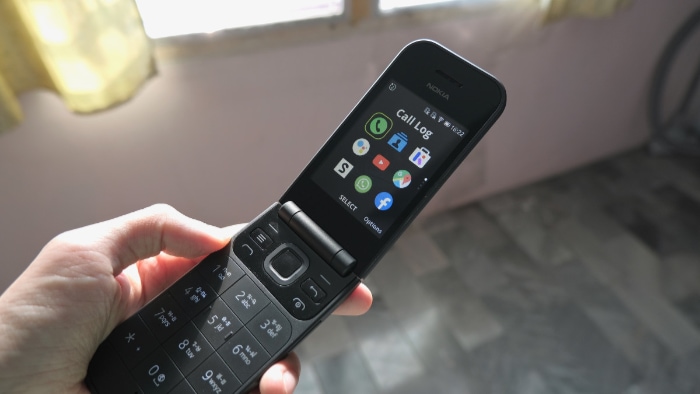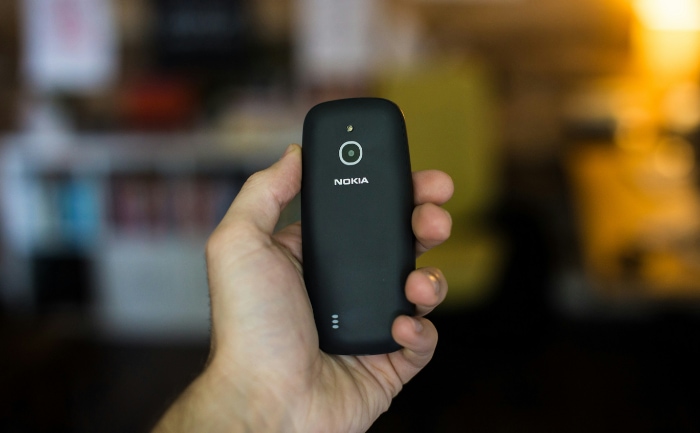What Is a Feature Phone? Simplicity Meets Functionality

As technology leaps forward, there’s a segment of the mobile phone market that steadfastly holds its ground: feature phones. Simple, reliable, and remarkably resilient, these devices serve as a bridge between the past and present of mobile communication.
Without the complexity and frills of smartphones, feature phones offer the essentials of connectivity, appealing to a wide range of users worldwide for their ease of use and durability.
Defining the Feature Phone
In an era where smartphones seem to dominate every aspect of our digital lives, feature phones represent a refreshingly straightforward alternative. These devices hark back to the original purpose of mobile phones – to provide reliable, efficient communication – while still incorporating a select set of features that enhance user experience without overwhelming complexity.
Core Communication Tools
At their core, feature phones are designed to excel in voice calls and text messaging, equipped with durable hardware that emphasizes longevity and signal clarity. Unlike their smartphone counterparts, which are often laden with apps and features that can detract from basic communication, feature phones keep these fundamental functions front and center.
This focus ensures that users can always rely on their device for clear, uncomplicated communication.
Streamlined User Experience
Feature phones are celebrated for their user-friendly design. With interfaces that forego the intricate menus and settings found on smartphones, these devices offer an intuitive experience, making them accessible to all ages and tech-savviness levels.
The streamlined nature of feature phones is not just about simplicity; it’s about providing a no-frills approach to mobile technology, ensuring that users can quickly access the functions they need without distraction.
A Niche in the Mobile Landscape
While feature phones might not boast the high-speed internet or extensive app ecosystems of smartphones, they occupy a crucial niche in the mobile landscape. They appeal to those seeking a device for its communicative functions, individuals looking for a secondary or backup phone, and users in markets where the digital divide makes smartphones less accessible.
Feature phones serve as a bridge, offering connectivity and essential digital services in a compact, efficient package.
The Progression of Simplicity: Feature Phones’ Journey
The evolution of feature phones marks a significant chapter in the history of mobile communication, tracing back to a time when the primary purpose of a mobile phone was to make calls and send texts. From their inception, feature phones have undergone transformations, adapting to technological advancements while maintaining their simplicity and ease of use.
The origins of feature phones can be traced back to the late 1990s and early 2000s, when mobile phones began to transition from luxury items to essential tools for daily communication.
Key Milestones
- Introduction of Color Displays and Cameras: The late 1990s and early 2000s saw the introduction of color screens and built-in cameras, enhancing the user experience and expanding the phone’s utility beyond mere voice communication.
- The Rise of Mobile Entertainment: Feature phones began to offer more entertainment options, including built-in games, music players, and FM radios, making these devices a central part of users’ digital lives.
- Expansion of Connectivity: The integration of services such as SMS (Short Message Service) and MMS (Multimedia Messaging Service), along with the ability to browse the internet, albeit in a limited capacity, marked a significant step in the evolution of feature phones.
- Durability and Battery Life: Throughout their evolution, feature phones have been celebrated for their robustness and long battery life, a contrast to the more fragile and power-intensive smartphones.
Main Features and Functionalities

Feature phones are designed with practicality in mind, catering to users who seek essential mobile functionalities without the complexities of a smartphone. These devices are equipped with a range of features that fulfill the basic needs of calling, texting, and limited multimedia entertainment.
Battery Life
One of the most notable advantages of feature phones is their extended battery life. These devices are known for their ability to last several days on a single charge, thanks to their less power-intensive components and functionalities.
The longevity of battery life in feature phones makes them an ideal choice for individuals who require a reliable mobile device for extended periods without access to charging facilities.
Physical Keypad
The presence of a physical keypad is a hallmark of feature phones, providing a tactile experience that many users find more satisfying and easier to use than touchscreen keyboards. This feature is particularly appreciated by those who frequently send text messages or dial numbers, offering precision and speed that touchscreen devices often struggle to match.
Basic Multimedia Capabilities
While feature phones do not boast the advanced multimedia features of smartphones, they do offer basic functionalities that cover entertainment and information needs. This includes built-in cameras for capturing photos, music players for audio entertainment, FM radio for live broadcasts, and simple games.
These features provide a level of multimedia engagement without the complexity or resource demands of more advanced devices.
User Interface and Operating System
Feature phones are characterized by their straightforward user interfaces, designed for ease of navigation and simplicity. The operating system (OS) in these devices is often proprietary, developed by the phone manufacturer to support basic phone functions and a limited range of applications.
Unlike the more complex operating systems found in smartphones, feature phone OSes prioritize speed, efficiency, and ease of use, ensuring that users can access and utilize the phone’s features without a steep learning curve.
The Target Market for Feature Phones
Feature phones occupy a unique position in the mobile phone market, catering to specific demographics and user groups who find these devices perfectly aligned with their needs and preferences.
The appeal of feature phones spans several distinct demographics, each with its own set of reasons for preferring these devices:
- Older Adults: Many older users appreciate the simplicity, ease of use, and the physical keypad of feature phones, which make these devices more accessible for individuals who may find navigating a smartphone’s touchscreen interface challenging.
- Children and Young Teens: Parents often choose feature phones as a first phone for their children due to their limited internet access and simpler features, offering a way to stay in touch while minimizing distractions and exposure to inappropriate content.
- Outdoor and Physical Workers: The durability and extended battery life of feature phones make them ideal for people working in environments where a smartphone could be easily damaged, such as construction sites, or where charging facilities are scarce.
- Tech Minimalists: A growing segment of the population seeks to reduce their digital footprint and dependence on the internet for peace of mind and privacy. For them, feature phones provide the basic functionality of communication without the constant connectivity and distractions of a smartphone.
- Budget-Conscious Consumers: The affordability of feature phones is a significant factor for users who require a mobile device for basic communication but do not wish to invest in a more expensive smartphone.
Conclusion
Feature phones, with their straightforward design and functionality, continue to occupy a unique niche in the mobile phone market. These devices stand out for their ease of use, long battery life, and durability, catering to a diverse array of users who find value in the simplicity and reliability that feature phones provide.
From their historical roots as the precursors to modern mobile communication to their evolution into devices that balance basic digital functionalities with user-friendly interfaces, feature phones have shown remarkable resilience in an era dominated by smartphones.
The appeal of feature phones extends across various demographics, including older adults, young children, outdoor workers, tech minimalists, and budget-conscious consumers. These devices serve not just as a means of communication but as a choice for those seeking to minimize their digital footprint, withstand demanding physical conditions, or introduce mobile technology to a younger audience in a controlled manner.
The enduring appeal of feature phones in today’s technology landscape is clear. They offer an alternative that prioritizes practicality, affordability, and a straightforward approach to mobile communication.
In a world where technology increasingly infiltrates every aspect of daily life, the simplicity of feature phones provides a refreshing counterpoint to the complexity of smartphones, reminding us of the value of focusing on the essentials. As we continue to witness advancements in mobile technology, the feature phone remains a testament to the enduring need for devices that cater to the diverse needs and preferences of users worldwide.


